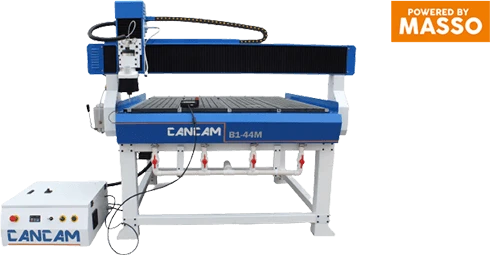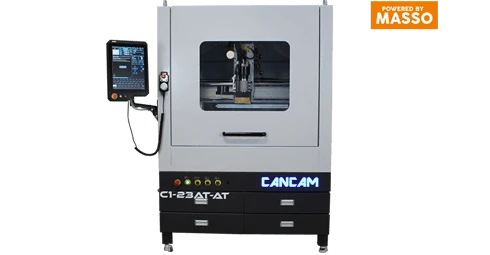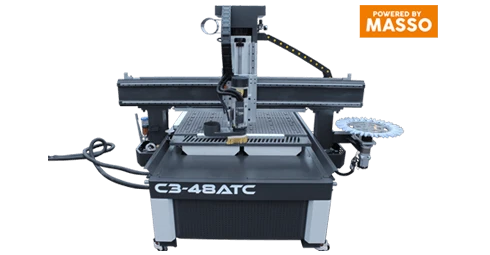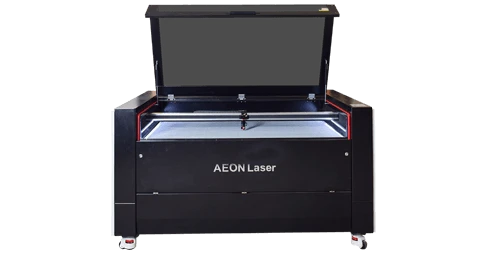Stepper vs. Servos motor
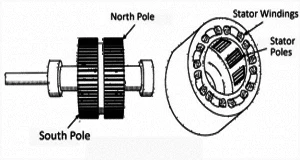
The question often comes up, should I upgrade to servo motors? What’s the difference and is it worth the upgrade? Although CanCam offers servo motors as an option, you may want to consider several factors before making your decision. The preliminary difference between a traditional stepper and a servo system is the type of motor and how it’s controlled.
Steppers typically use brushless motors that have 50-100 poles, while the typical servo motor has 4 to 12 poles. A pole is an area of a motor where a magnetic point is generated either by a magnet or by passing current through the coils of a winding. Unlike servos, steppers don’t need encoders since they can accurately move between their many poles. Because servos only have a few poles, they require an encoder to keep track of their position. Steppers simply move incrementally using pulses (open loop) while servo’s read the difference between the motors encoder and the destined position (closed loop), and move to the confirmed encoded destination.
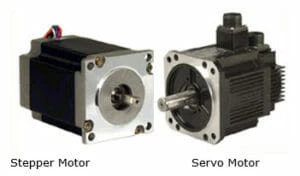
Pros and cons
The advantages of servo motors is that they have more power at higher speeds and high torque applications. If something goes wrong, the servo drive will lose encoder counts and shut down as opposed to the stepper motor; which is more powerful at lower RPM, but not quite as smooth. If a stepper motor loses its position, it will not know it is off course. The probability of this happening is highly unlikely however; the feed rate would have to be high and the tool bit would likely break first before the stepper goes off course. Steppers are simpler to command and maintain than servos. They are significantly less expensive, especially for smaller applications. As long as stepper motors are operated within their design limits, they won’t lose their positioning.

